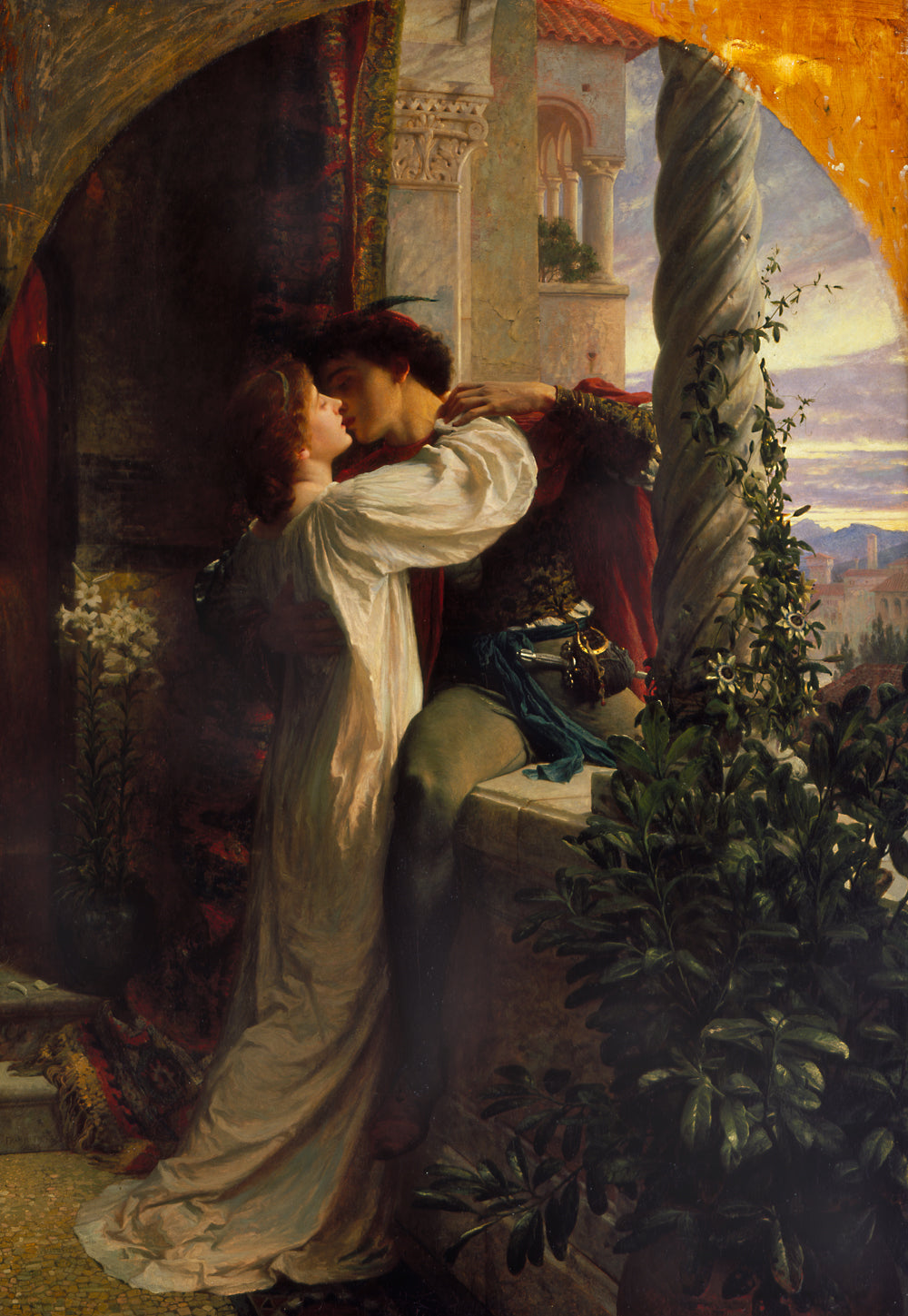
Love's Chronicle: Tracing the Intricate Tapestry of Valentine's Day Through Time
Share
In the midst of winter, there arises a day cloaked in romance, adorned with expressions of love that transcend centuries. Valentine's Day, observed annually on February 14th, has metamorphosed into a cultural phenomenon that marries ancient traditions, historical figures, and timeless declarations of affection. This blog post embarks on a journey through the captivating history of Valentine's Day, revealing the layers of its evolution and the enduring allure that captivates hearts around the world.
Ancient Roots and the Festival of Lupercalia:
The roots of Valentine's Day burrow deep into the ancient soil of Rome, where the festival of Lupercalia unfolded in mid-February. A tapestry of rituals aimed at purifying the city and invoking fertility, Lupercalia set the stage for the romantic undertones embedded in Valentine's Day's DNA. The festival intertwined the destinies of young men and women through a ritualistic lottery, foreshadowing the celebration's future as a day dedicated to love.
The Enigma of St. Valentine:
The historical entanglement with St. Valentine, a Christian martyr executed on February 14th, adds an enigmatic layer to the celebration. Legends, like threads woven through time, tell of forbidden marriages officiated by St. Valentine and love notes clandestinely sent from the confines of imprisonment. The fusion of pagan rituals and Christian narratives contributes to the rich tapestry of Valentine's Day's origins.
Medieval Romance and the Flourish of Courtly Love:
As the pages of history turned, the medieval era ushered in the flourishing concept of courtly love, transforming Valentine's Day into a celebration of intricate romantic expressions. Poets such as Geoffrey Chaucer and William Shakespeare lent their lyrical prowess, elevating the day through tales of unrequited love, passion, and the complexities that characterize matters of the heart.
Tokens of Affection and Handwritten Love Notes:
The 17th century witnessed a shift in the celebration, as handwritten love notes and poems adorned with lace and ribbons became synonymous with expressing affection on Valentine's Day. These intricate tokens of love, crafted with care and creativity, became the vehicles through which heartfelt sentiments traversed the delicate pathways of emotion.
The Industrial Revolution and Commercialization:
With the dawn of the Industrial Revolution in the 19th century, Valentine's Day underwent a metamorphosis. Mass production brought forth a myriad of valentines, making expressions of love accessible to a broader audience. Commercialization took root, shaping the celebration into a more widespread cultural phenomenon.
In the 20th century, Valentine's Day expanded beyond geographical boundaries, evolving into a global celebration of love. Greeting cards, flowers, and chocolates became symbols of affection, and the day transformed into an opportunity to celebrate not only romantic love but also familial and platonic connections.
Valentine's Day, with its rich history, has seeped into the very fabric of popular culture. From Hollywood romances to iconic love stories, the celebration has become deeply embedded in our collective consciousness. Films, music, and literature continue to contribute to the narrative, perpetuating the universal language of love that Valentine's Day encapsulates.
As February 14th approaches each year, we find ourselves entwined in the threads of a celebration that spans epochs and cultures. Valentine's Day, with its ancient origins, tales of Christian martyrs, and medieval romance, stands as a testament to the enduring power of love. In our exchanges of tokens of affection, handwritten notes, and modern-day expressions, we partake in a tradition that transcends time—a celebration of love that echoes through the ages, weaving its intricate tapestry into the very essence of the human experience.
